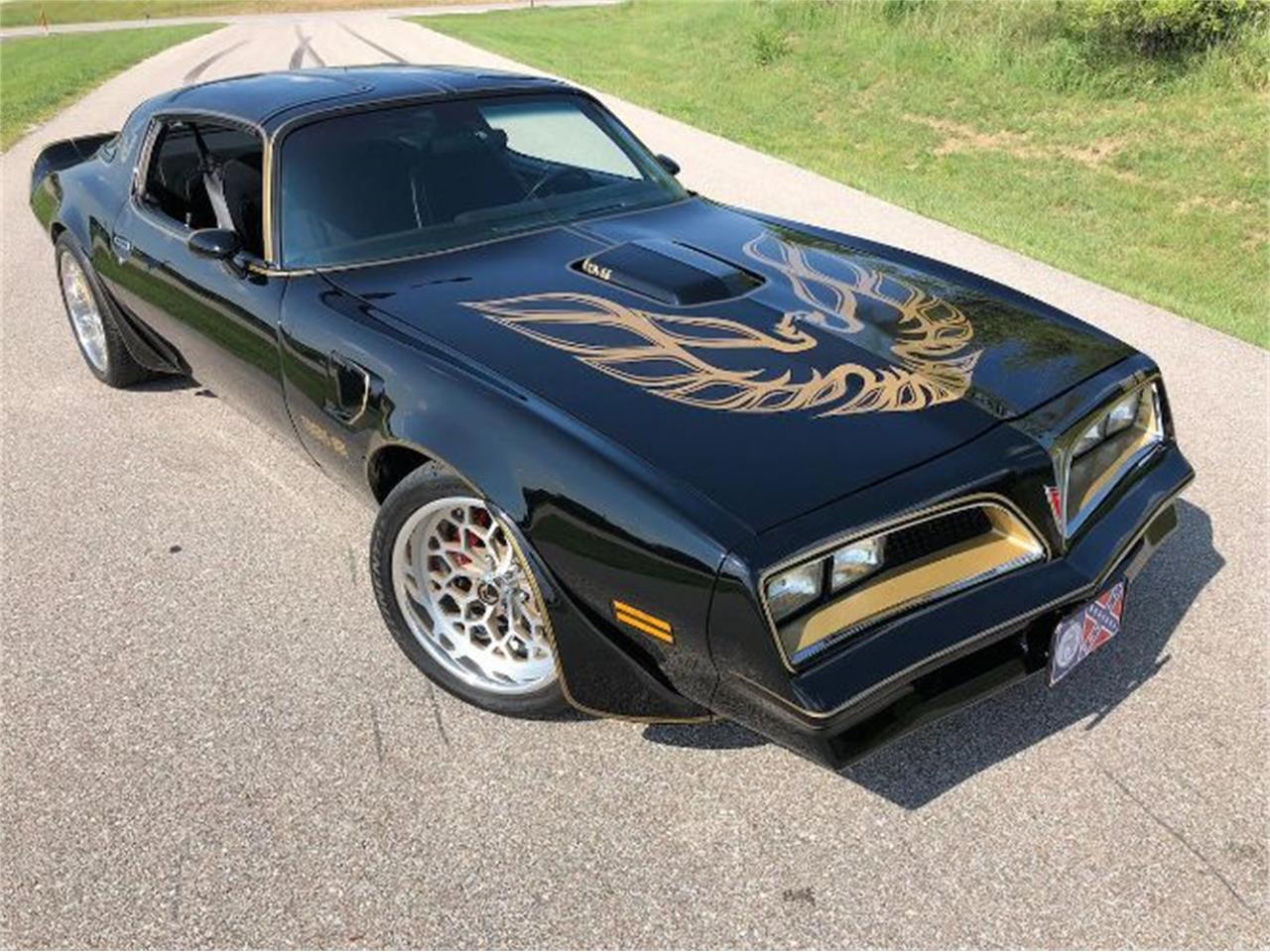
But frankly, I think this machine will run right with it." And then he accelerated to 105 mph on a long straight and flung the Z/28 sideways. We had a Porsche during the initial stages of this project, and we were really impressed with its handling. "I wanted a road car, one that was fun to drive, like the Porsche 924. "We think this is a pretty special machine," said Turner, a confident, square-shouldered guy who learned to drive-and dig cars-on the convoluted mountain roads around Old Forge, New York.

It was hardly a dazzling visual sight, mainly because we were so familiar with the liquid lines of the Camaro after so many years, but the presence of spoilers fore and aft, relatively discreet decal treatment and custom wheels indicated that this was no ordinary machine.Ī few moments in the car, with Turner lashing furiously around a small test loop, removed all doubt. We first encountered the automobile on the flat terrain of General Motors' Mesa Arizona Proving Ground, where it appeared in the proud possession of Jack Turner, the Chevrolet engineer who headed the design team for the Z/28 project. Now it returns in a fashion that is sure to blow the lid off the entire world of fast automobiles and end, once and for all, the notion that Detroit and the American public have forgotten performance. Rather than let the proud name become just another plastic applique on the flanks of various ordinary cars-as happened to the Pontiac GTO and Plymouth Road Runner-Chevrolet yanked the car off the market. The Z/28 was last seen in 1974 when the power and speed that emanated from its light, high-revving small-block engine was in a state of seemingly terminal decline. Pontiac stylists were not totally immune to the temptations of littering its splendid contours with increasing acreages of cornball decals, but in general the Trans-Am remained what it was when introduced in its most recent form during the middle of the 1969-70 model year: the sportiest, most roadable four-place automobile built by an American manufacturer. As the years passed it lost some of the brutal acceleration it enjoyed during its 455 Super Duty era, but that lapse in power was more than offset by steady improvements in suspension and running gear that created a delightful American 2+2 Grand Touring automobile. The Pontiac Trans-Am turned into a hellishly successful car in the face of all the gloomy sales forecasts.

(Automotive Darwinism is alive and well)! Why Pontiac chose to keep the Trans-Am around in the face of the retreating competition is of little interest here, other than to note the irony that of all the machines of the species there is little debating the fact that the best of the lot was preserved.


 0 kommentar(er)
0 kommentar(er)
